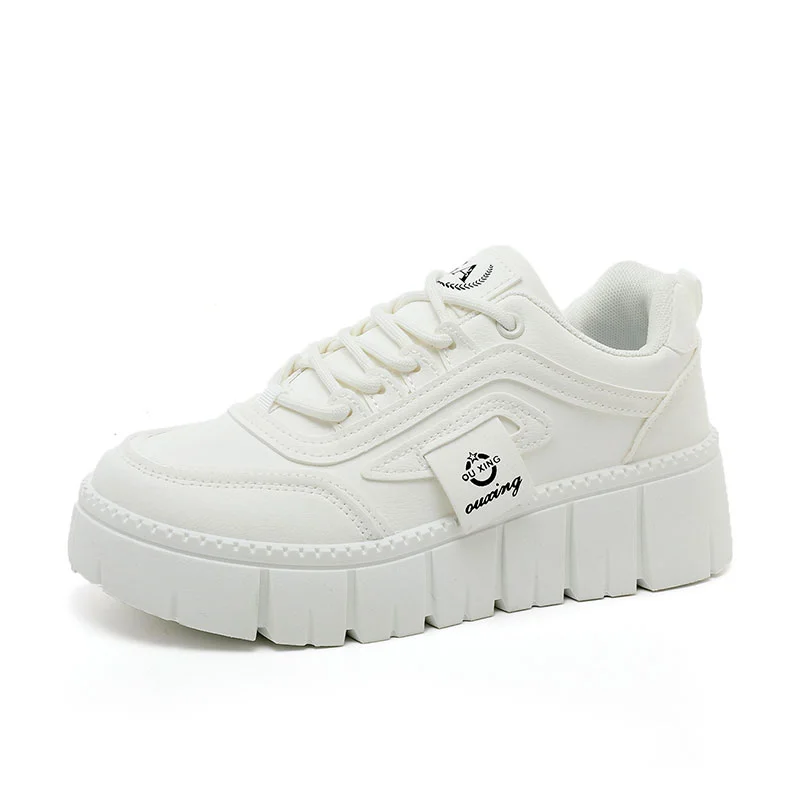In our quest for comfort, style, and sustainability, we often overlook the materials that make up our clothing. While fashion trends come and go, the health implications of the fabrics we wear can have lasting effects on our well-being. This article delves into the world of textiles to identify the most unhealthy fabrics, exploring their potential risks and offering alternatives that prioritize both health and comfort.
Understanding Fabric Composition
Before we dive into the specifics, it’s essential to understand that fabrics are made from various fibers, which can be natural, synthetic, or a blend of both. Natural fibers, such as cotton, wool, and linen, are derived from plants and animals, while synthetic fibers, like polyester, nylon, and acrylic, are man-made. Each type of fabric has its own set of properties, benefits, and drawbacks, particularly concerning health.
The Most Unhealthy Fabrics
- Polyester:
Polyester is one of the most widely used synthetic fabrics, known for its durability and wrinkle resistance. However, it is derived from petroleum, and its production involves harmful chemicals. Wearing polyester can lead to skin irritation, especially for those with sensitive skin. Moreover, polyester is not breathable, which can cause excessive sweating and discomfort, leading to bacterial growth and skin infections. - Nylon:
Similar to polyester, nylon is a synthetic fabric that is often used in activewear and hosiery. While it is strong and elastic, nylon is also non-breathable, which can trap moisture against the skin. This lack of ventilation can lead to fungal infections and exacerbate conditions like eczema. Additionally, the production of nylon releases nitrous oxide, a greenhouse gas that contributes to climate change. - Acrylic:
Acrylic fibers are often used as a wool substitute due to their softness and warmth. However, acrylic is made from petroleum-based products and can release harmful chemicals during production. Wearing acrylic can cause skin irritation and allergic reactions, particularly for individuals with sensitive skin. Furthermore, acrylic is not biodegradable, posing environmental concerns. - Rayon:
Rayon is a semi-synthetic fiber made from regenerated cellulose. While it is breathable and comfortable, the production process involves toxic chemicals such as carbon disulfide, which can pose health risks to factory workers and potentially leach into the fabric. Rayon can also absorb moisture, making it a breeding ground for bacteria if not washed regularly. - Spandex (Lycra):
Spandex is known for its exceptional elasticity and is commonly used in form-fitting clothing. However, it is a synthetic fiber that can cause skin irritation and allergic reactions in some individuals. Additionally, spandex is not breathable, which can lead to overheating and discomfort during physical activities.
Health Risks Associated with Unhealthy Fabrics
The fabrics mentioned above can contribute to various health issues, including:
- Skin Irritation and Allergies: Many synthetic fabrics contain chemicals that can irritate the skin, leading to rashes, itching, and allergic reactions.
- Breathability Issues: Non-breathable fabrics can trap moisture and heat, resulting in discomfort and increasing the risk of infections.
- Chemical Exposure: The production of synthetic fabrics often involves harmful chemicals that can leach into the fabric and be absorbed by the skin.
- Environmental Impact: Many unhealthy fabrics are not biodegradable, contributing to pollution and environmental degradation.
Choosing Healthier Alternatives
To mitigate the risks associated with unhealthy fabrics, consider opting for the following alternatives:
- Organic Cotton: Unlike conventional cotton, organic cotton is grown without harmful pesticides and chemicals, making it a safer choice for both your skin and the environment.
- Bamboo: Bamboo fabric is naturally breathable, moisture-wicking, and has antibacterial properties, making it an excellent alternative for activewear and undergarments.
- Hemp: Hemp is a durable and breathable natural fiber that is grown with minimal environmental impact. It is also resistant to mold and UV rays.
- Tencel (Lyocell): Made from sustainably sourced wood pulp, Tencel is biodegradable, breathable, and gentle on the skin, making it a great choice for various clothing items.
Conclusion
While fashion is often about aesthetics, it is crucial to consider the health implications of the fabrics we choose to wear. By being informed about the most unhealthy fabrics and opting for safer alternatives, we can protect our skin, promote overall well-being, and contribute to a more sustainable future. As consumers, we hold the power to make choices that prioritize our health and the health of our planet. Choose wisely, and let your wardrobe reflect not just your style, but also your values.
